Future Problem Solving was introduced to me six years ago when a mom asked if I would be willing to advise a team so her sons could participate. At the time I did not know anything about the program, but I felt like I should give it a go since I wanted to work with gifted students more, so I jumped in with both feet and started learning about the program. I now co-advise the club with my co-worker who joined me when I was pregnant, Vanessa Gray, with four sixth graders, seven seventh graders, two eighth graders, nine ninth graders, two tenth graders, and an eleventh grader. These students have been with me and the program from one year to all six of the years that I’ve had the club.
Through my initial trainings, I learned that the program was more than just a competition for students that I would be advising. It is a program that focuses on making our future leaders. It helps build a global mindset in kids 8-years-old and up and promotes creative thinking, critical thinking, problem solving, research, writing, futuristic thinking, global mindset, and collaboration–all things, I might add, that are high on the list from Forbes of skills employers look for in their employees.
What Is It?
Future Problem Solvers focuses around the six-step creative problem solving process.
First, students read a Future Scene which is a scenario that takes place in the future and revolves around a topic the students knew and researched about before the competition.
Step 1. In groups of four, the team has to pull out 16 potential problems they see that could happen in the Future Scene.
Step 2. They then have to decide which of the problems is the most impactful to the scene and also deals with the charge given to them at the end of the scenario that directs them to focus on a certain aspect of the scene usually based on the topic.
Step 3. As a team, they then have to determine 16 solutions to the underlying problem they identified in step 2.
Step 4. Criteria is laid out to help determine which solution is the best.
Step 5. The solutions are ranked based on the criteria they created.
Step 6. They write an extensive action plan about the highest ranking solution explaining in detail how the solution would work, who would do the jobs, what obstacles they may encounter, how much it would cost, etc.
This finishes the Global Issues Problem Solving portion which is the primary competition, but while the booklets are being scored, the students then prepare and put on a skit of their action plan for their fellow competitors.
This year, at the regional competition, I brought a junior division team, four middle division teams, and one senior division team. At regionals we placed, sixth in the junior division, second in the middle division, third in the middle division, and second in the senior division, and three of my teams (the junior and two middles) qualified to attend the Florida Future Problem Solving State competition. Only 97 out of 259 teams in Florida qualify for the State Competition.
The FLFPSP State Competition is always a whirlwind. The first night is the opening ceremonies, the second day is the regular competition and skits, the third day has hands-on problem solving and a social, then the final morning is the awards ceremony. We always try to go into the competition being optimistic but not overall hopeful because there are some kids who have been doing FPS since they were in early elementary school versus my students who started in sixth grade. However, we got more than we could ever hope for.
First, it was announced that one of my middle school teams with their alternates had placed second in skits. My students excel at skits; I was so proud of them! I now was so happy that they had won ribbons, and I just was going to enjoy the rest of the award ceremony. Then, they awarded the alternate teams, and one of our seventh graders who did a multi-school booklet since he wasn’t needed as an alternate won first place! How exciting!
But then, they got to the main Global Issues Problem Solving. These were the awards that could qualify students for the International Competition. They started with individuals who do the entire six steps independently (less step 1s and step 3s required). One of my seniors, a junior who has been with me since the beginning, had competed as an individual since her team had not qualified, but I could bring her to states. And she placed THIRD! She wasn’t there to accept the award, so I went up for her and was shaking! I was so excited for her, and I called her immediately afterward (crying, of course!).
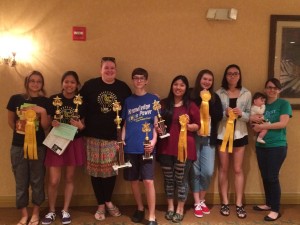
Then, we arrived at the middle division. When they give out the big team awards, they call all six of the placed teams up at once then state the places once everyone is up there. And they called BOTH of our middle division teams. These teams were made up of my eight ninth graders. One team had been together only two years while the other has been with me since they were in sixth grade (so four years). I could not believe it! And then they said sixth. Not us. Then fifth. Not us. Fourth–us! My two year team placed fourth at states! Then third. Not us. Then second. NOT US! They won FIRST! In the state! I could not have been more proud of these students.
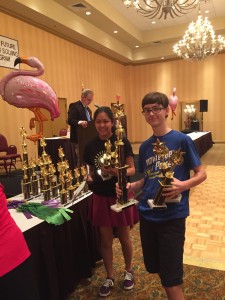
Not we have the opportunity to go to the Future Problem Solving International Competition in June at Michigan State University. I am so excited to take these brilliant students to this prestigious competition.
The International Competitors represent the top one percent of students from teams from around the world. The International Conference features four days of stimulating competitive problem solving, cooperative educational seminars, and social activities. Each year approximately 2,200 students and coaches attend the FPS International Conference from around the globe. The topic for Global Issues Problem Solving at the FPS 2016 International Conference is Energy of the Future. Future Problem Solving Program International charters Affiliate Programs throughout Australia, Korea, Malaysia, New Zealand, Portugal, Singapore, United Kingdom, and United States.
To learn more about Future Problem Solving visit http://flfpsp.org/ or http://fpspi.org/
To learn more about my Hunter’s Creek Future Problem Solvers and help us get to Internationals, please visit our Facebook page!

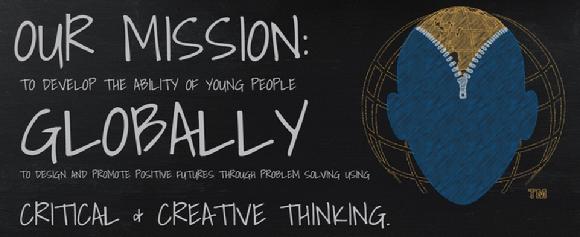
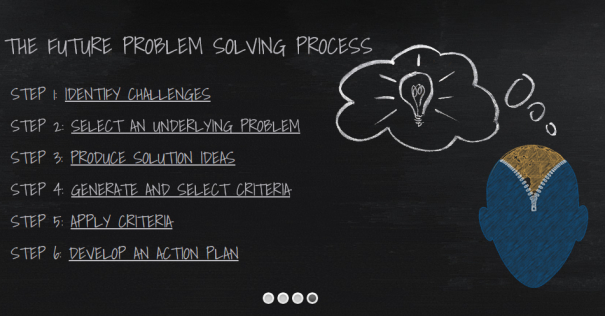
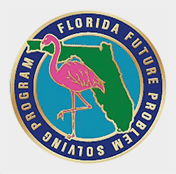
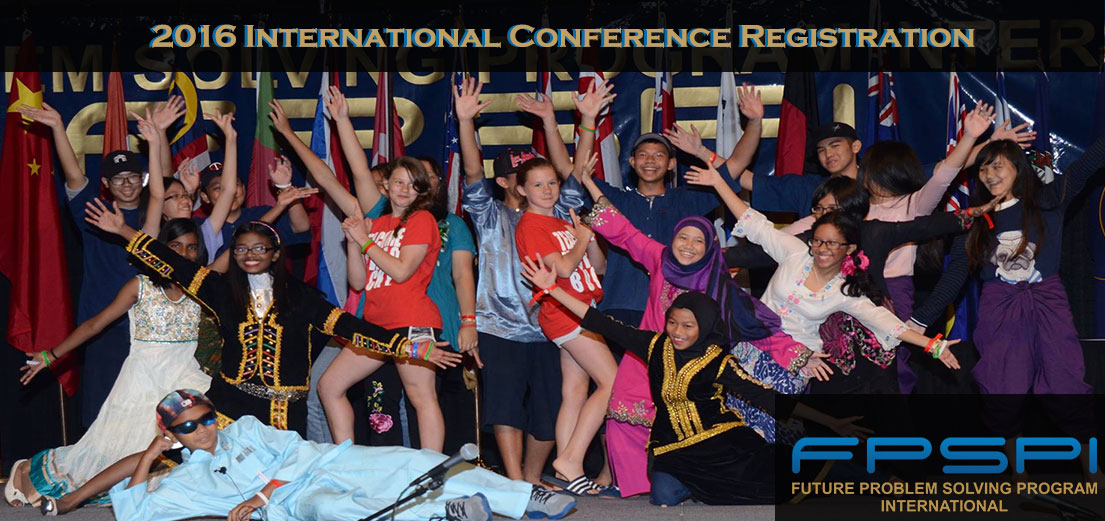

Thanks for sharing! It sounds amazing and I can tell how proud you are of the groups. Looks like we have some great problem solvers and thinkers coming out of Florida in the future!
wut
hehe…
lol
lolololololololololololololololololololololololololololololololololololololololololololololololololololololololololololololololololololololololololololololololololololololololololololololololololololololololololololololololololololololololololololololololololololololololololololololololololololololololololololololololololololololololololololololololololololololololololololololololololololololololololololololololololololololololololololololololololololololololololololololololololololololololololololololololololololololololololololololololololololololololololololololololololololololololololololololololololololololololololololololololololololololololololololololololololololololololololololololololololololololololololololololololololololololololololololololololololololololololololololololololololololololololololololololololololololololololololololololololololololololololololololololololololololololololololololololololololololololololololololololololololololololololololololololololololololololololololololololololololololololololololololololololololololololololololololololololololololololololololololololololololololololololololololololololololololololololololololololololololololololololololololololololololololololololololololololololololololololololololololololololololololololololololololololololololololololololololololololololololololololololololololololololololololololololololololololololololololololololololololololololololololololololololololololololololololololololololololololololololololololololololololololololololololololololololololololololololololololololololololololololololololololololololololololololololololololololololololololololololololololololololololololololololololololololololololololololololololololololololololololololololololololololololololololololololololololololololololololololololololololololololololololololololololololololololololololololololololololololololololololololololololololololololololololololololololololololololololololololololololololololololololololololololololololololololololololololololololololololololololololololololololololololololololololololololololololololololololololololololololololololololololololololololololololololololololololololololololololololololololololololololololololololololololololololololololololololololololololololololololololololololololololololololololololololololololololololololololololololololololololololololololololololololololololololololololololololololololololololololololololololololololololololololololololololololololololololololololololololololololololololol